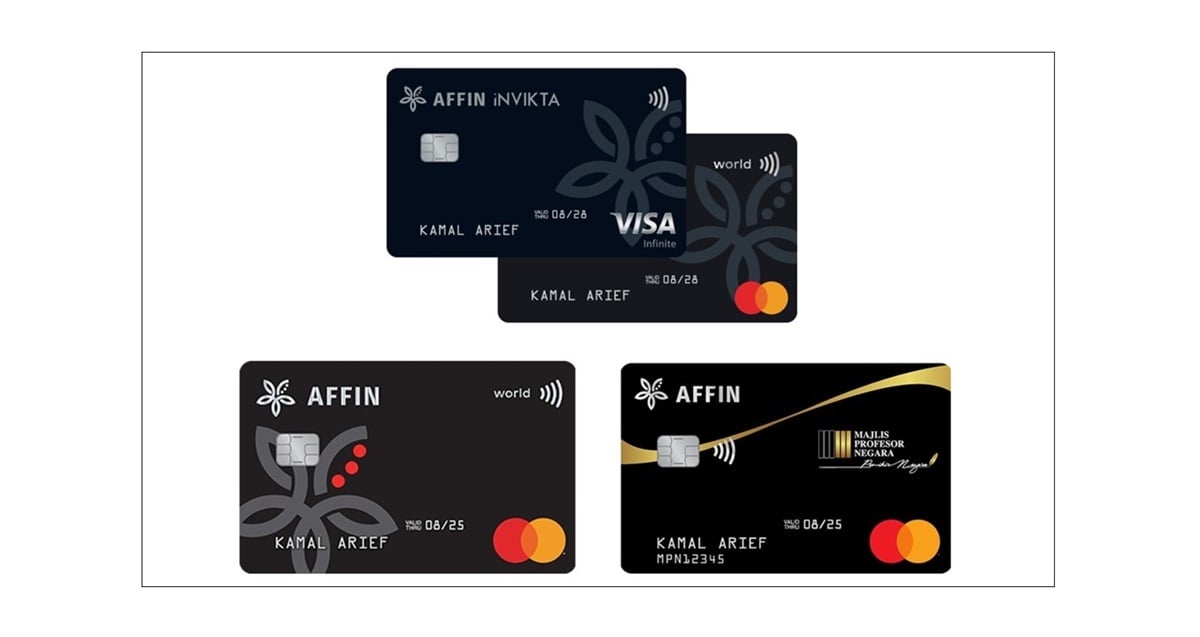Joshua Ong
3rd June 2014 - 5 min read
 Nothing beats a good getaway to an exotic beachfront villa complete with pool side bar and Jacuzzi. Unfortunately, while holidays are supposed to be fun and relaxing, there is always the risk that a stroke of bad luck can ruin the festivities at any moment. All it takes is one bad shrimp at the barbecue or one bad slip at the pool and you could be stuck in a hospital bed instead of a hotel bed.
Nothing beats a good getaway to an exotic beachfront villa complete with pool side bar and Jacuzzi. Unfortunately, while holidays are supposed to be fun and relaxing, there is always the risk that a stroke of bad luck can ruin the festivities at any moment. All it takes is one bad shrimp at the barbecue or one bad slip at the pool and you could be stuck in a hospital bed instead of a hotel bed.
This is where travel insurance steps in to save the day. Purchasing a travel insurance policy before you leave the house can help protect you against the terrors of traveling through a foreign country. However, with the high cost of certain travel insurance premiums, most people might be tempted to turn a blind eye towards purchasing coverage. Unless…you have a credit card that offers free travel insurance.
Regardless of race or religion, all Malaysians love free stuff, it’s one of the few things that binds the entire country together. In that sense, why should anyone bother buying regular travel insurance packages when they can get coverage for free with some credit cards?
Isn’t Credit Card Travel Insurance the same as Regular Travel Insurance?
Unfortunately the answer is “no”. Most travel insurance coverage packages provided by credit cards do have limitations buried deep within the jargon of “fine print”. So don’t let yourself get caught off guard and read on for the differences between credit card and regular travel insurance.
1: Method of Payment

Let’s get one thing straight, credit card companies do not offer you complimentary travel insurance coverage because they like you. They do so because they want you to pay for your booked flight and hotel stay using your credit card so they can earn interest off your late payments.
Hence, if you make payment for your flight and hotel stay using cash or any other form of payment other than your credit card, do not expect your credit card company to honor their gift of free travel insurance coverage.
Regular travel insurance however, does not restrict what form of payment you use. You could pay for your holiday with anything from cash, cheque, credit card or gold. As long as the other party accepts your method of payment and your travel insurance premiums are paid before you go, then you’re automatically covered.
2: Region of Coverage
Just because your credit card is offering you travel insurance as a freebie, it doesn’t necessarily mean that the coverage is offered worldwide. In fact, even in the case of regular travel insurance, very few companies actually offer worldwide travel insurance packages because their pricy premiums are unpopular amongst a majority of travelers. Most of the time, companies will prefer to split coverage into specific regions such as Asia Pacific or Europe etc.
Because of this, most credit card travel insurance packages will only cover you for a specific region. Stray from your beacon of coverage and your claims will be thrown out.
Unfortunately, in the case of credit card free travel insurance, you cannot swap regions whenever your travel destination is not covered within the current region. You are stuck with whatever coverage region they give you whether you like it or not. However, with travel insurance bought directly from an insurer (or agent), you can enjoy the flexibility of just purchasing a different coverage region whenever you want.
3: Length of Coverage
I hit my head while surfing on the 35th day of my vacation only to find out that my coverage is only for 30 days…Am I still Covered?
Some cardholders make the mistake of automatically assuming that their complimentary credit card travel insurance is year-long with no expiry. These are usually the same poor souls who ultimately end up in the situation above.
Always remember that credit card travel insurance only covers you for a set amount of time. So if you push your vacation beyond the time limit of coverage then your accidents will be ignored by the travel insurance company.
However, there is a glimmer of hope as coverage does not have to run consecutively. What this means is that if you have 30-day coverage and you take a 6-day vacation in January, then you will have 24-days of coverage left to use until at least the end of the year.
Regular travel insurance however, does give the insured person the flexibility to start, stop or (more importantly) extend coverage whenever he/she wants.
In Summary
| Credit Card Travel Insurance | Regular Travel Insurance from an Insurer (or agent) | |
| Method of Payment | Valid only if Holiday is paid for using Credit Card | Coverage valid as long as Premiums are paid |
| Region of Coverage | Limited to Region offered by Credit Card Only | Subject to whichever Region you choose when you purchase your coverage |
| Length of Coverage | Limited to Duration offered by Credit Card (Usually around 30 days) | Subject to whatever Duration you pay for |









Comments (0)